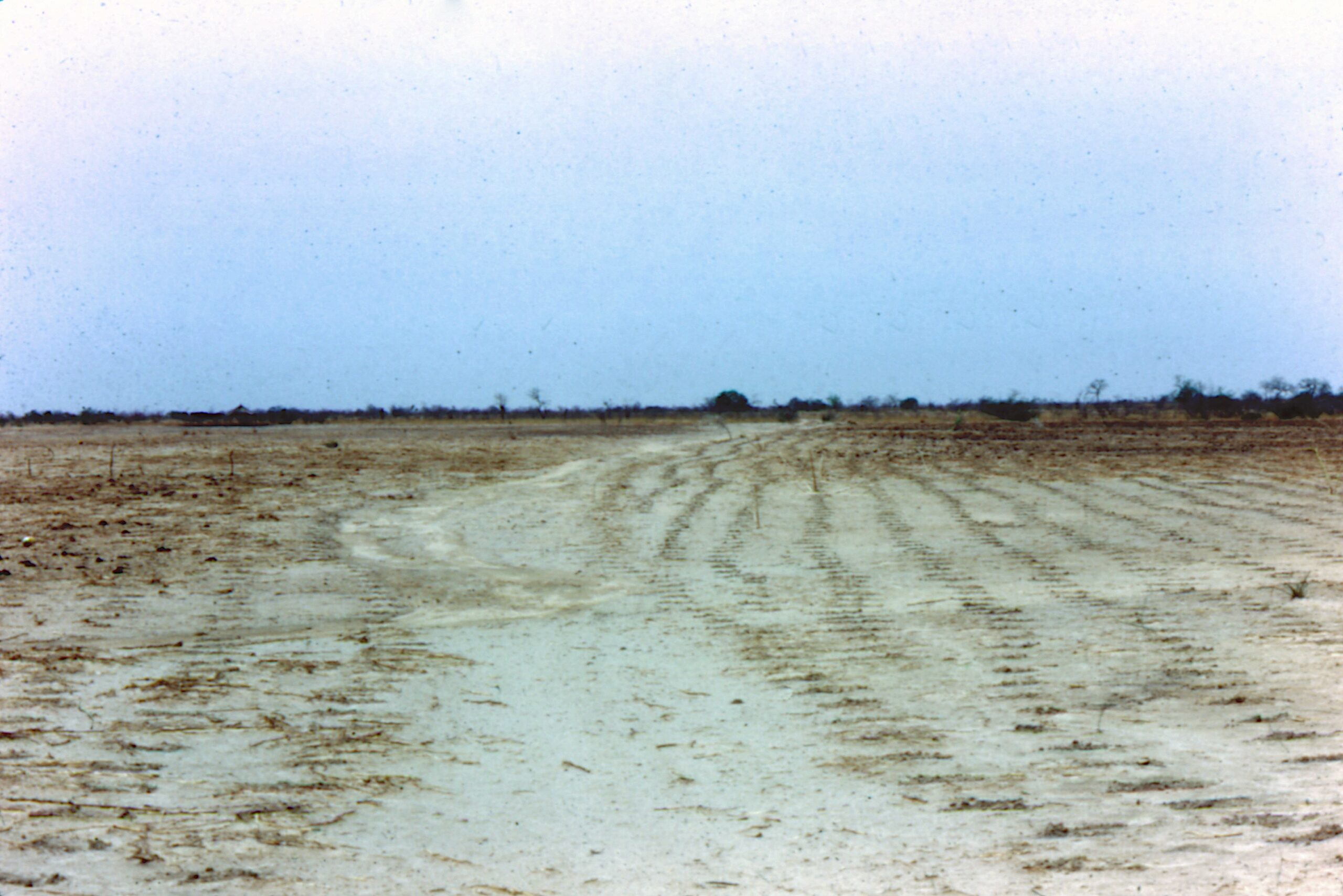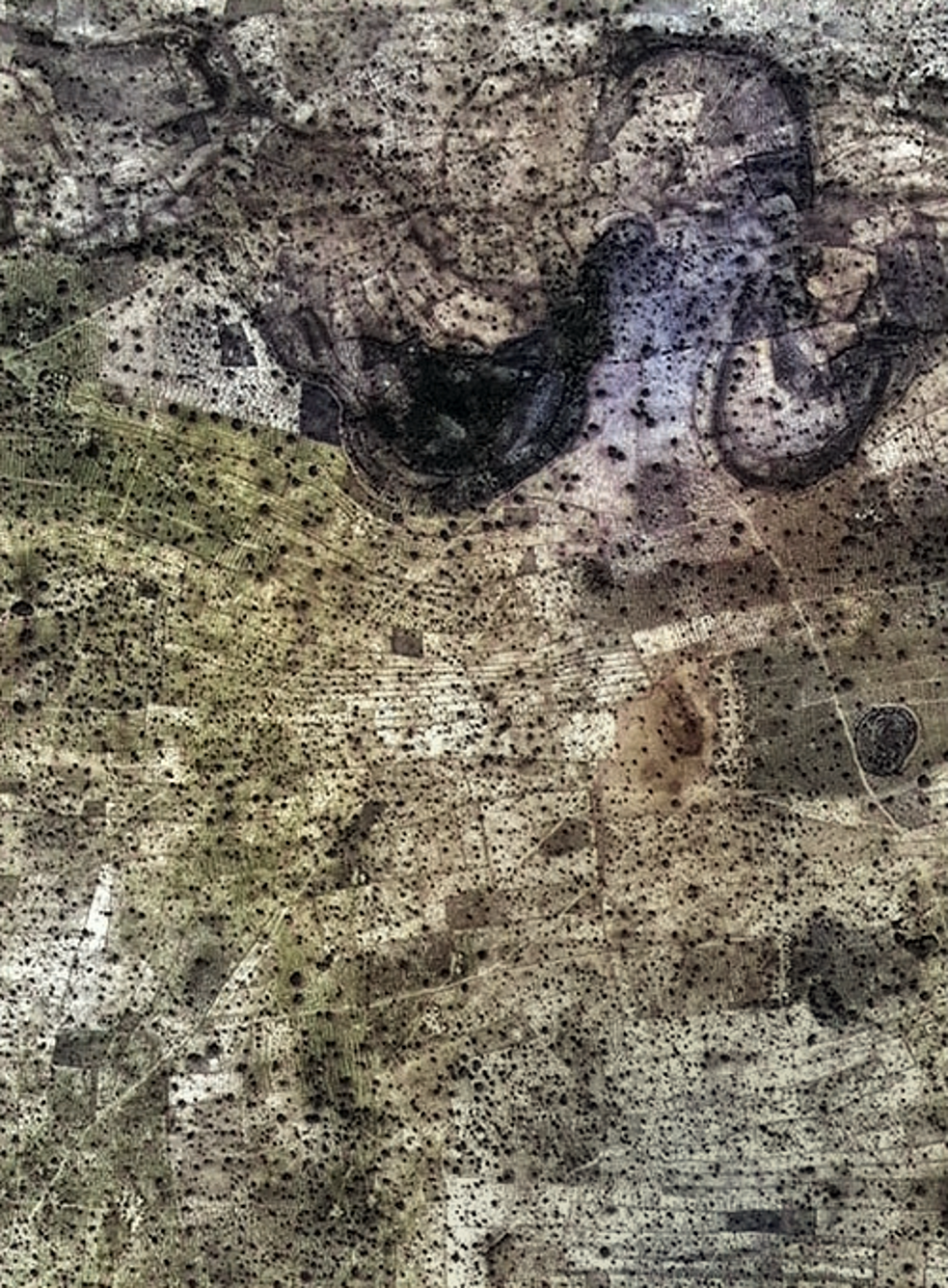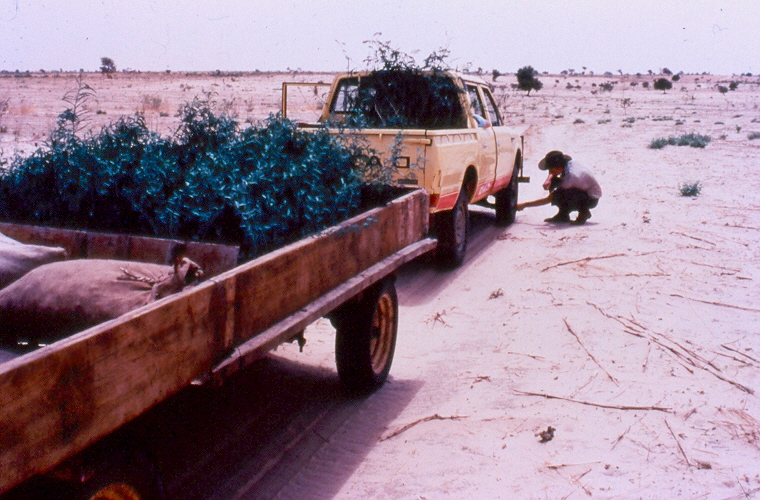How Niger’s FMNR experience has inspired a global scaling movement
By Tony Rinaudo, Principal Climate Action Advisor, World Vision Australia.
The Niger Farmer Managed Natural Regeneration (FMNR) story is a story of triumph born out of initial failure and struggle. Repeated efforts to restore tree cover through conventional planting methods failed miserably. The turning point came with the discovery of an extensive ‘underground forest’ comprising of living stumps, roots and seeds with the ability to grow and restore tree cover rapidly and at low cost. Following the development and promotion of FMNR locally, the rate of FMNR spread gained momentum nationally, reaching 250,000 hectares per year over a 20 year period[1]. This resulted in 200 million trees regenerated across 5 million hectares of degraded agricultural land – benefiting the environment while enhancing livelihoods[2].
The spread of FMNR in Niger was largely a farmer-led, bottom-up movement and this achievement is remarkable given the context – Niger is one of the world’s poorest countries with a very harsh environment. At the time there was minimal government support, in fact, forestry policies discouraged adoption of FMNR and, NGO support was comparatively small. It is noteworthy that the heroes of this movement were the farmers themselves. And who are they? Nigerien farmers are amongst the world’s poorest, most marginalized and risk averse people. These unlikely heroes adopted and fanned FMNR’s spread enthusiastically once they realized the benefits.
The Niger story begs the question – if one of the poorest countries in the world, with a very unfavourable environmental, social and economic status can achieve so much with so little, what might be possible on a global scale?
For me the answer is obvious. I believe it is possible to realize restoration rates of 5 million hectares, not in 20 years but in 5 years, and not in one country at a time, but in multiple countries simultaneously.
And it is this Niger story which has inspired World Vision to endorse FMNR scale up as our unique solution to climate change and set an ambitious vision to join forces with a global community of change makers to bring 1 billion hectares of land under restoration.
Restoring 1 billion hectares will transform lives, restore dignity, and reduce the pressures that drive conflict—especially for the one billion children now living in extreme climate risk. But World Vision can’t do it alone.
We need partners and implementers.
We need governments to clear the runway.
We need funders, champions, and communities on the ground to lead the charge.
This must be a global movement—rooted in local action.
While FMNR has been my life’s work, I don’t own it—the movement belongs to communities who make it real.
And it belongs to the donor community which makes this change possible.
FMNR is not just a method. It’s a movement of dignity. A movement of peace. A movement of people who refused to give up on their land – or their future.
In Niger, I saw a downward spiral – of degradation, poverty, and despair reversed into an upward spiral of restoration, abundance and hope. And this is what’s possible on a globally significant scale. Will you join us?
References
- In 1984 FMNR as a practice was practically unknown. By 2004, FMNR was being practiced on an estimated 5 million hectares of farmland. This makes for an adoption rate of 250,000 ha/year over a twenty-year period. Tony Rinaudo Pers. Comm.
- http://pdf.wri.org/world_resources_2008_roots_of_resilience_chapter3.pdf




